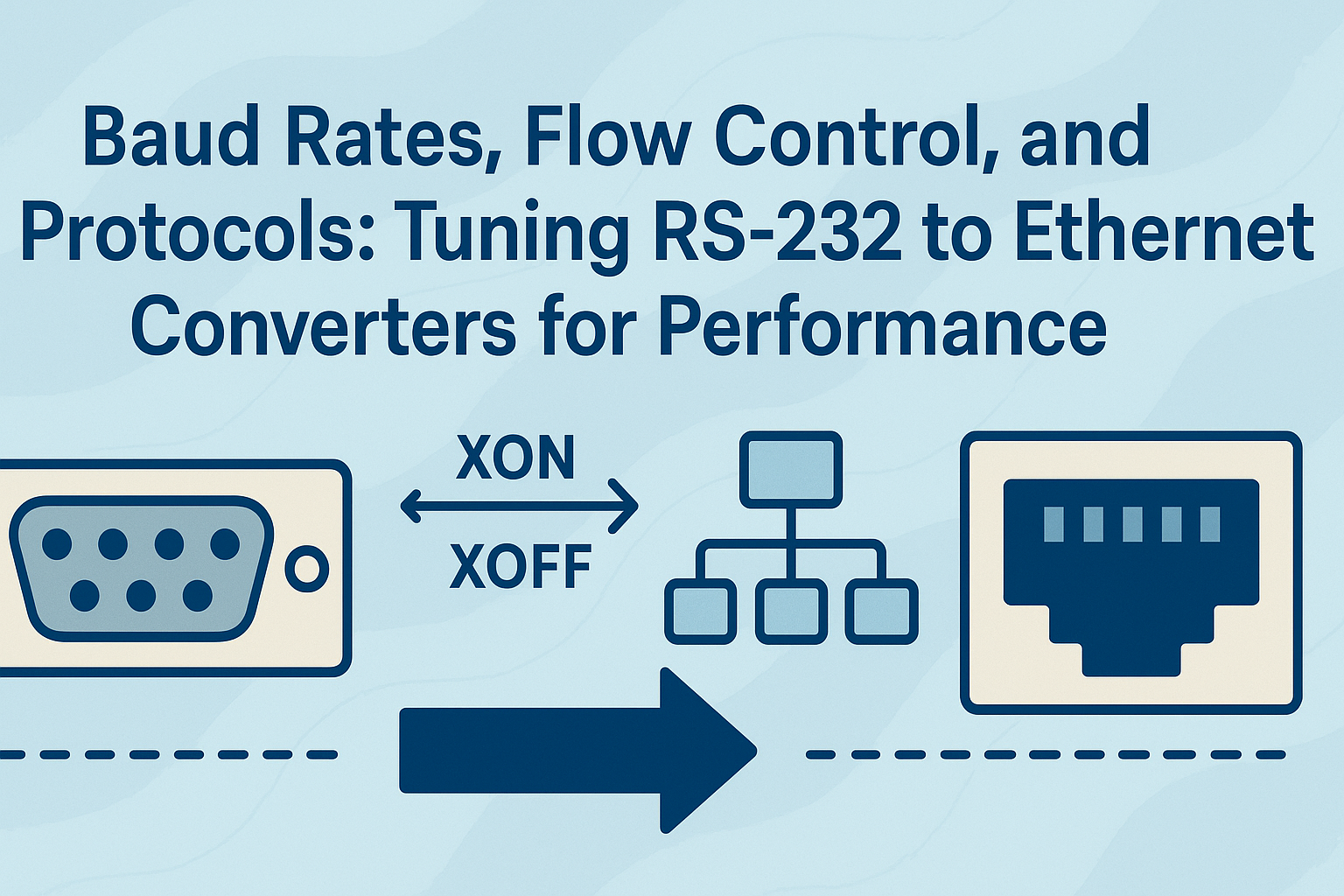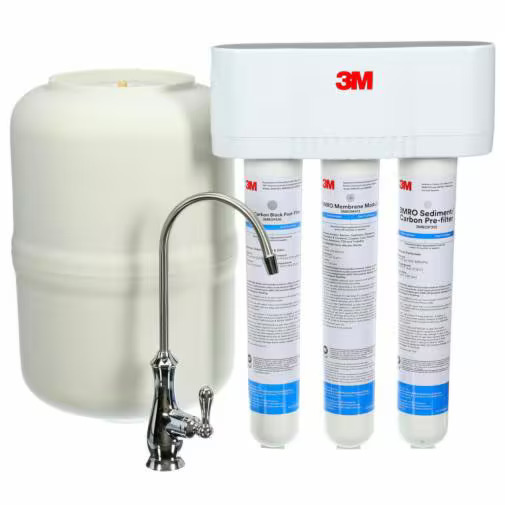
The RS-232 to Ethernet Converter plays a crucial role in connecting legacy serial devices to modern network infrastructures. These converters enable seamless communication between devices that use the traditional RS-232 serial interface and Ethernet networks, allowing for remote device management, data acquisition, and integration with complex control systems. However, achieving optimal performance requires careful tuning of several parameters, including baud rates, flow control, and communication protocols.
In this blog, we will explore how to configure and tune your RS-232 to Ethernet Converter for the best possible performance, ensuring reliable, efficient, and secure data transmission.
Understanding RS-232 to Ethernet Converters
An RS-232 to Ethernet Converter is a device that translates serial communication signals (RS-232) into Ethernet packets and vice versa. This allows serial devices such as barcode scanners, PLCs, and sensors to be accessible over an IP network. The converter acts as a bridge, encapsulating serial data into TCP/IP or UDP packets for transmission across LAN or WAN.
Because the converter acts as an intermediary, the proper configuration of parameters like baud rate and flow control is vital to maintain data integrity and minimize latency.
The Importance of Baud Rates
What is Baud Rate?
Baud rate defines the speed of data transmission over a serial communication channel and is measured in bits per second (bps). Common baud rates include 9600, 19200, 38400, 57600, and 115200 bps.
Why Baud Rate Matters for RS-232 to Ethernet Converters
When configuring an RS-232 to Ethernet Converter, the baud rate set on the converter must match the baud rate of the serial device it connects to. A mismatch can cause data loss, garbled characters, or communication failure.
Additionally, the baud rate impacts the throughput of serial communication. Higher baud rates allow faster data transmission but may increase the risk of errors, especially over longer cable distances or noisy environments.
Recommendations
- Start with the default baud rate of your serial device.
- Increase the baud rate if your network and devices support it to improve speed.
- Test communication stability at higher rates before deploying in production.
- For critical applications, consider lowering baud rate for higher reliability.
Flow Control Mechanisms
Flow control manages the pace of data transmission to prevent buffer overflow on either the transmitting or receiving device.
Types of Flow Control:
- Hardware Flow Control (RTS/CTS): Uses dedicated pins to signal readiness between devices.
- Software Flow Control (XON/XOFF): Uses special characters sent over the serial line to control flow.
- No Flow Control: Data is sent without regulation, suitable only for low-speed or short-distance connections.
Tuning Flow Control on RS-232 to Ethernet Converters
Most modern RS-232 to Ethernet Converters support all three modes. To select the best mode:
- Use hardware flow control if your serial device supports it; it provides the most reliable and efficient method.
- Use software flow control when hardware lines are unavailable or wiring is minimal.
- Avoid using no flow control for high-speed or bursty data transmissions to reduce data loss risk.
Communication Protocols Supported
The choice of protocol affects how data is encapsulated and transmitted over the Ethernet network.
Common Protocol Modes in RS-232 to Ethernet Converters:
- TCP Server/Client Mode: Provides reliable, connection-oriented communication. Ideal for applications needing guaranteed delivery.
- UDP Mode: Connectionless, faster but without delivery guarantee. Suitable for time-sensitive applications.
- Virtual COM Port Mode: Creates a virtual serial port on the PC that maps to the converter for legacy software compatibility.
- Raw Data Mode: Sends raw bytes over the network without protocol overhead.
Protocol Tuning Tips
- Use TCP mode for critical data that requires acknowledgment and retransmission.
- Choose UDP mode for streaming applications where speed matters more than reliability.
- When using virtual COM ports, ensure driver compatibility with your OS.
- Configure proper timeout and retry settings in the converter’s firmware for optimal performance.
Practical Tips for Tuning and Optimization
- Match baud rates exactly between the serial device and converter.
- Select flow control based on your hardware and application requirements.
- Choose the appropriate protocol considering network conditions and application needs.
- Configure buffer sizes if available in the converter firmware to handle burst data.
- Keep firmware updated to benefit from performance and security improvements.
- Use shielded cables and keep cable lengths within RS-232 specification to reduce noise.
- Test end-to-end communication under real operational conditions before deployment.
Common Pitfalls and How to Avoid Them
| Pitfall | How to Avoid |
| Baud rate mismatch | Double-check and synchronize baud rates |
| Incorrect flow control setting | Verify device specs and enable appropriate flow control |
| Protocol misconfiguration | Match protocol mode with application requirements |
| Ignoring network latency | Account for added delay over Ethernet compared to direct serial |
| Using outdated firmware | Regularly update device firmware |
Conclusion
Optimizing an RS-232 to Ethernet Converter requires a solid understanding of serial communication fundamentals — baud rates, flow control, and network protocols. Proper tuning ensures that legacy serial devices can communicate reliably over Ethernet networks, maintaining data integrity and operational efficiency.
By carefully configuring these parameters and testing in your specific environment, you can unlock the full potential of your serial-to-Ethernet solutions and enable seamless integration into modern network architectures.
FAQs
Q1: Can I use any baud rate with an RS-232 to Ethernet Converter?
You should use a baud rate supported by both the serial device and converter. Common rates like 9600 or 115200 bps are widely supported.
Q2: Is hardware flow control always better than software flow control?
Generally yes, hardware flow control is more reliable, but it depends on device compatibility and wiring constraints.
Q3: Which protocol mode is best for industrial automation?
TCP server/client mode is often preferred for its reliability in critical data transmission.
Q4: Can I use multiple RS-232 devices with one Ethernet converter?
Typically, one converter maps one RS-232 port to Ethernet. For multiple devices, multi-port converters or additional hardware are needed.






